Morning glory Pattern(朝顔文/Asagao-mon) is a pattern with a motif of the morning glory.
The morning glory is one of the most famous flowers of summer, isn’t it?
However, the seasonal word(季語/Kigo) for morning glory is not ‘summer’ but ‘autumn’!
What is Morning Glory(朝顔/Asagao)?
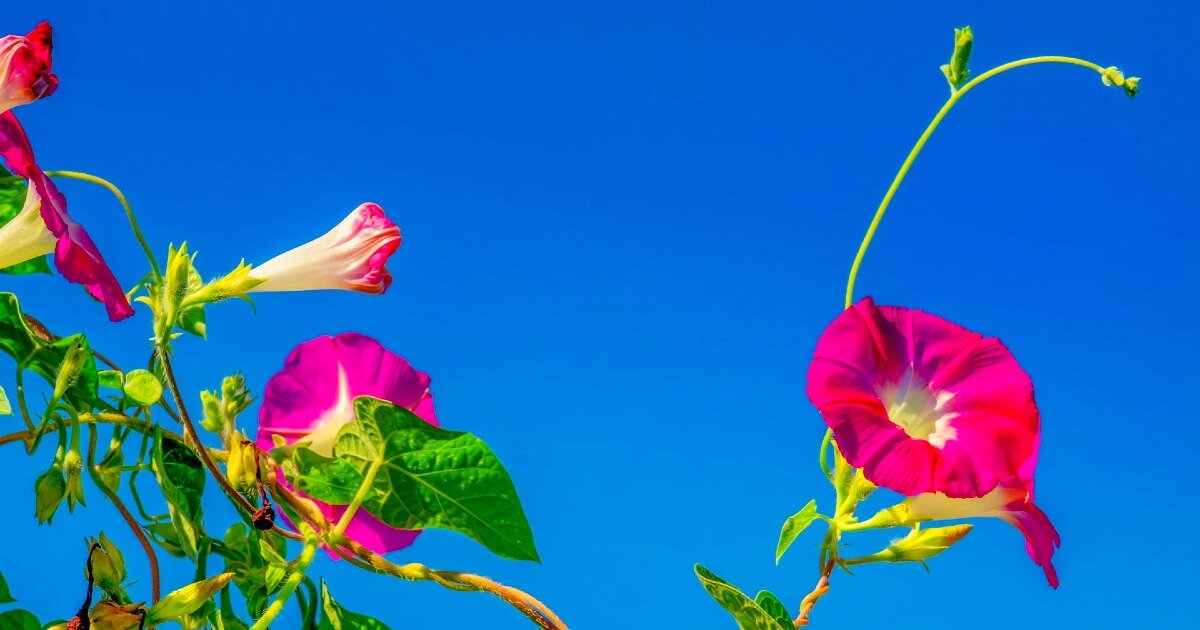
The morning glory is an annual vine of the morning glory family, which blooms from June to October and is well known as a summer flower.
The petals are often conical in shape and come in a variety of colours and patterns, including blue, purple, red, white and pink, as well as squeezed, fringed and spotted.
The morning glory is originally from the Himalayas and was brought to Japan from China by Japanese envoys to Tang Dynasty China from the Nara period (710-794) to the Heian period (794-1185), and it seems to have been cultivated for medicinal use since the early Heian period.
It was not until the Edo period (1603-1868) that it became a favourite with the Japanese as an ornamental.
It seems to have been very popular mainly during the Bunka and Bunsei (文化・文政) periods (1804-1830) and the Kaei and Ansei (嘉永・安政) periods (1848-1860).
The flower language of The morning glory is “I tie to you”, “love” and “unity”.
These flower words were named after the figure of a crane wrapped around something nearby such as a pole, a pole or a pole.
About Morning Glory Pattern (朝顔文/Asagao-mon)
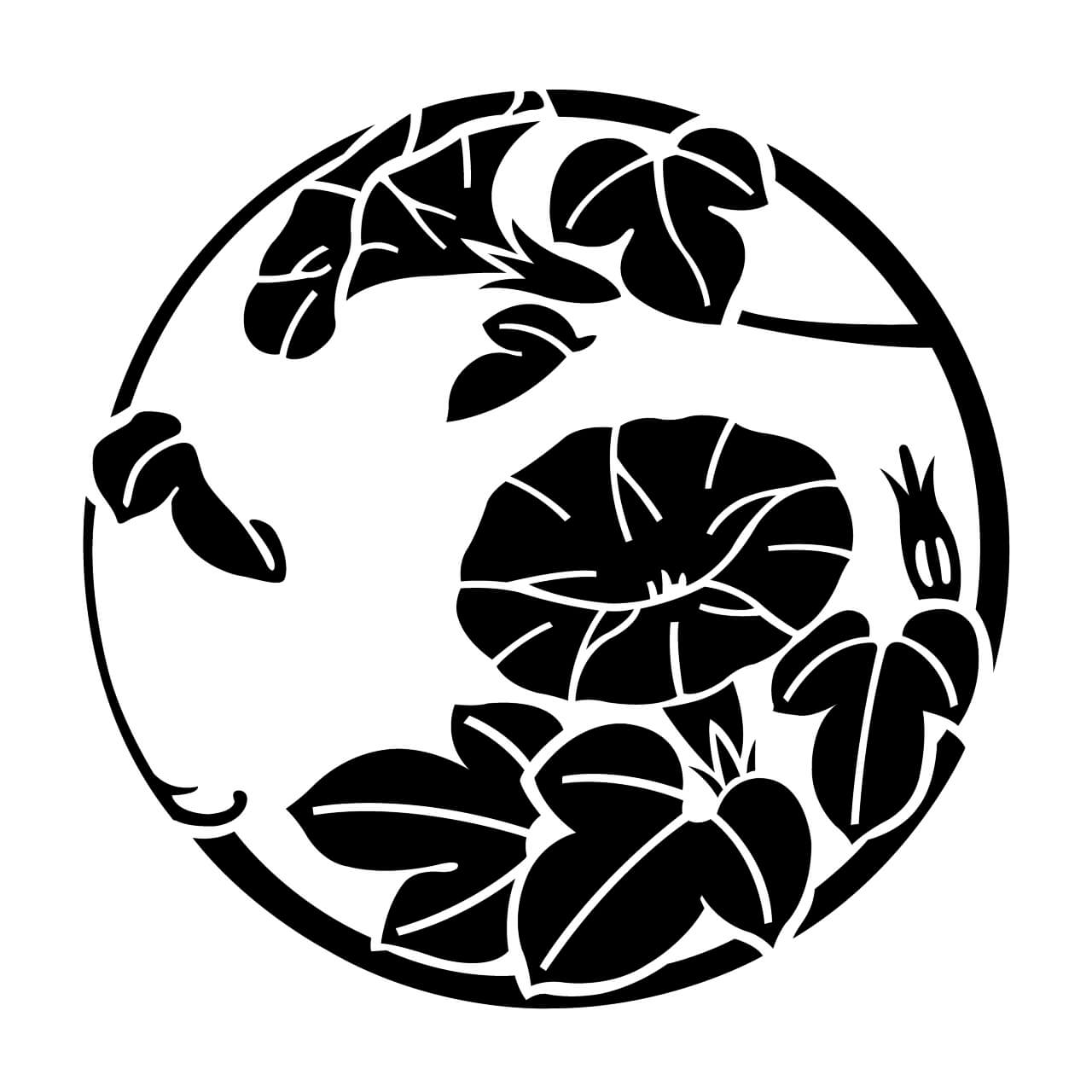
家紋:蔓丸に朝顔
Family crest: morning glory on a vine circle
The Morning Glory Pattern (朝顔文/Asagao-mon) has been used as a motif in many ukiyo-e(浮世絵/Japanese woodblock prints) prints.
It is also often used in yukata(浴衣/Japanese summer kimono) patterns.
At the end of the Taisho era (1912-1926), there was also a kimono pattern with an Art Nouveau-like The Morning Glory Pattern (朝顔文/Asagao-mon) design.
In addition, it is said that it was not until the Meiji period (1868-1912) that The Morning Glory Pattern (朝顔文/Asagao-mon) was used as a family crest, when it began to be loved by the Japanese.
However, although it came to be used as a family crest, the morning glory, which only flowers for a short period of time, was considered to be “ephemeral” and did not develop well as a family crest.
It is said that people at that time had a custom not to use morning glories as family crests, even if they were used as a pattern, because they thought that anything that was associated with a negative image or bad luck was bad luck.
Design using Morning Glory Pattern (朝顔文/Asagao-mon)
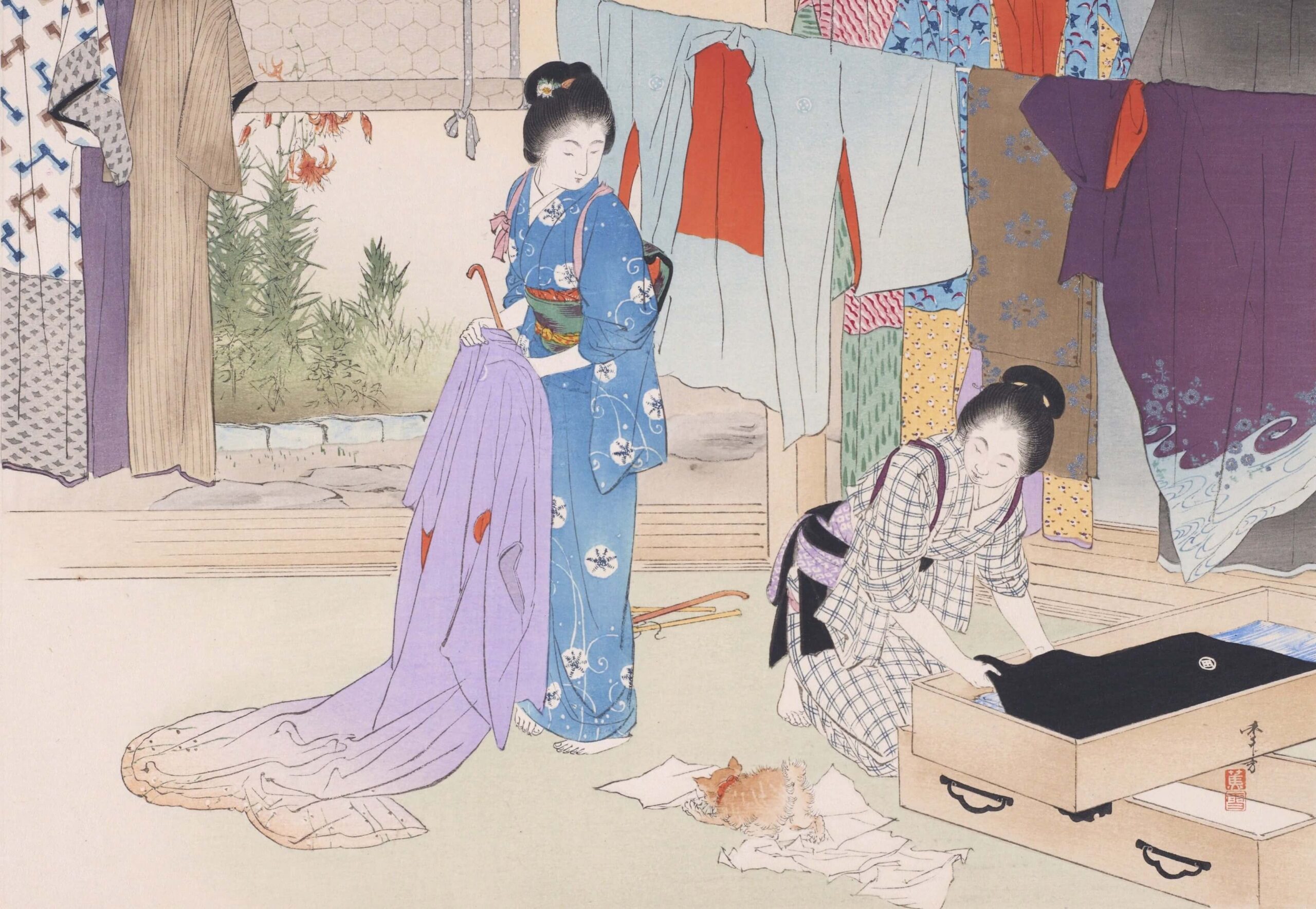
Mizuno Toshikata, “Mitsui Yoshi: Tsuyu no Nishiki Doyo Hoshi” (1905-1906)
水野年方 「三井好 都のにしき 土用干」 (1905-1906)
Photo From:パブリックドメインQ:著作権フリー画像素材集
この投稿をInstagramで見る
Photo From:instagram@bonbonkeitan
この投稿をInstagramで見る

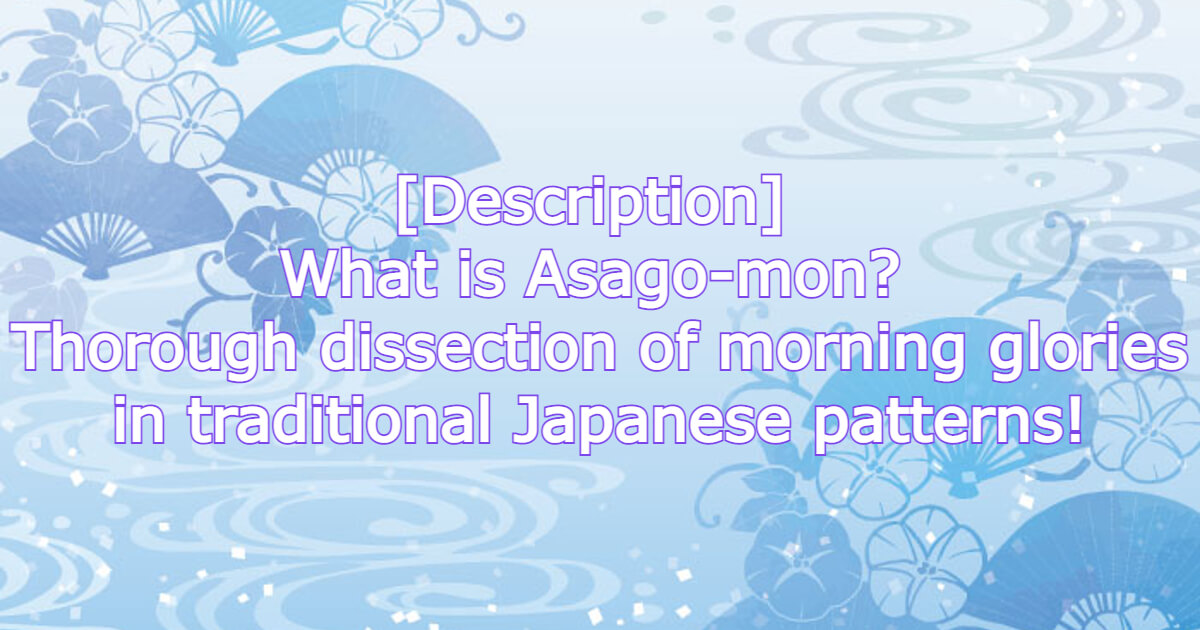

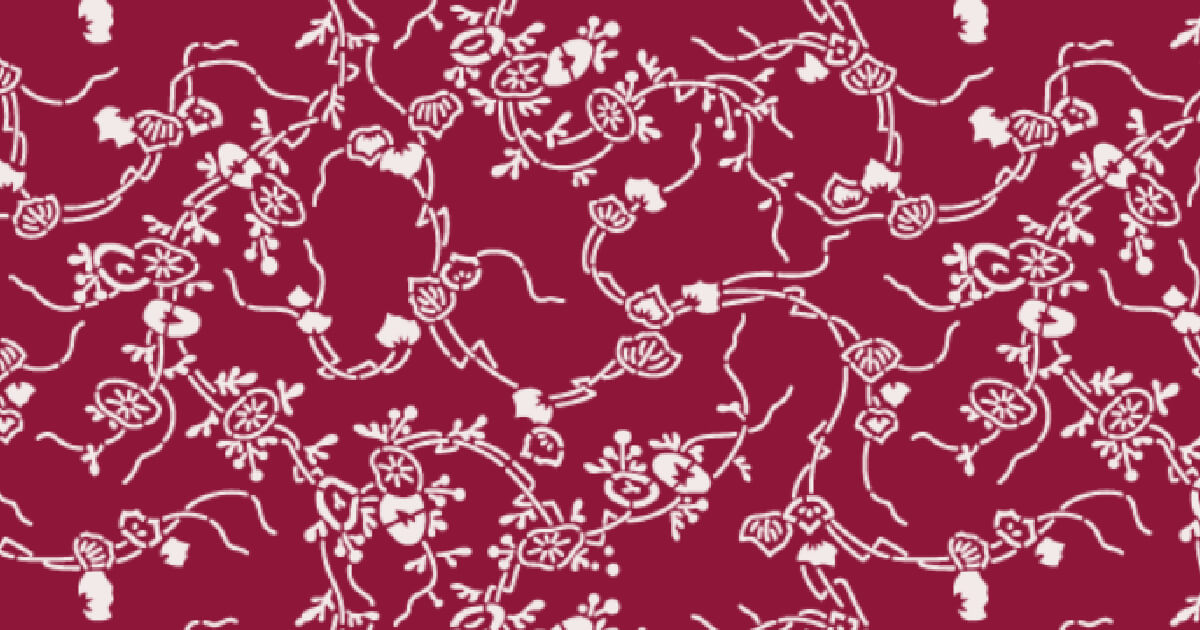


コメント